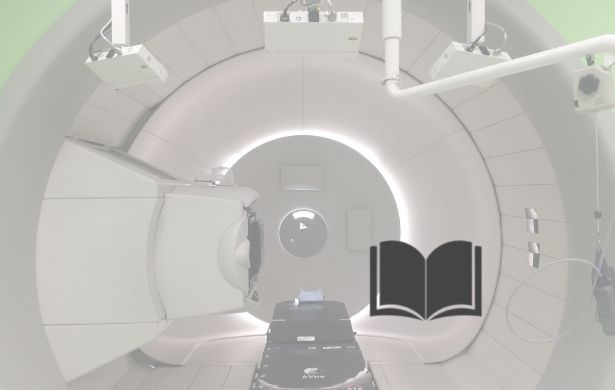Publications

The use of surface imaging allows postmastectomy chest wall patients to be positioned more accurately and substantially more efficiently than radiograph only–based techniques.3
3 Batin E, Depauw N, MacDonald S, Lu HM. Can surface imaging improve the patient setup for proton postmastectomy chest wall irradiation? Pract Radiat Oncol. 2016 Nov - Dec;6(6):e235-e241.

To assess AlignRT sensitivity in detecting couch run-out, volunteers were positioned orthogonal to the proton gantry and reference surface images were captured without x-ray localization. During isocentric rotations, the mean AlignRT displacement vectors for the phantom, immobilized, and non-immobilized volunteers were 0.1 ± 0.1 mm, 0.8 ± 0.1 mm, and 1.1 ± 0.2 mm respectively...AlignRT can be used to verify patient positioning following couch rotations that are applied after the initial x-ray guided patient setup.4
4 El-Sherif et al. Validating robotic couch isocentricity with 3D surface imaging J Appl Clin Med Phys. 2020 Aug;21(8):168-172.

Breath-hold without guidance is not always reproducible5
5 Gierga et al. A Voluntary Breath-Hold Treatment Technique for the Left Breast With Unfavorable Cardiac Anatomy Using Surface Imaging. Int J Radiat Oncol Biol Phys. 2012 Dec 1;84(5):e663-8

Traditional approaches lead to large positional variations in DIBH6
6 Mittauer et al. Monitoring ABC-assisted deep inspiration breath hold for left-sided breast radiotherapy with an optical tracking system. Med Phys. 2015 Jan;42(1):134-43.

The results of this study support the use of SGRT systems for patient setup of intensity-modulated proton therapy breast treatment plans. SGRT provided comparable dosimetric accuracy to that of image guidance with CBCT7
7 MacFarlane et al. Comparison of the dosimetric accuracy of proton breast treatment plans delivered with SGRT and CBCT setups. J Appl Clin Med Phys. 2021;00:1–6.
